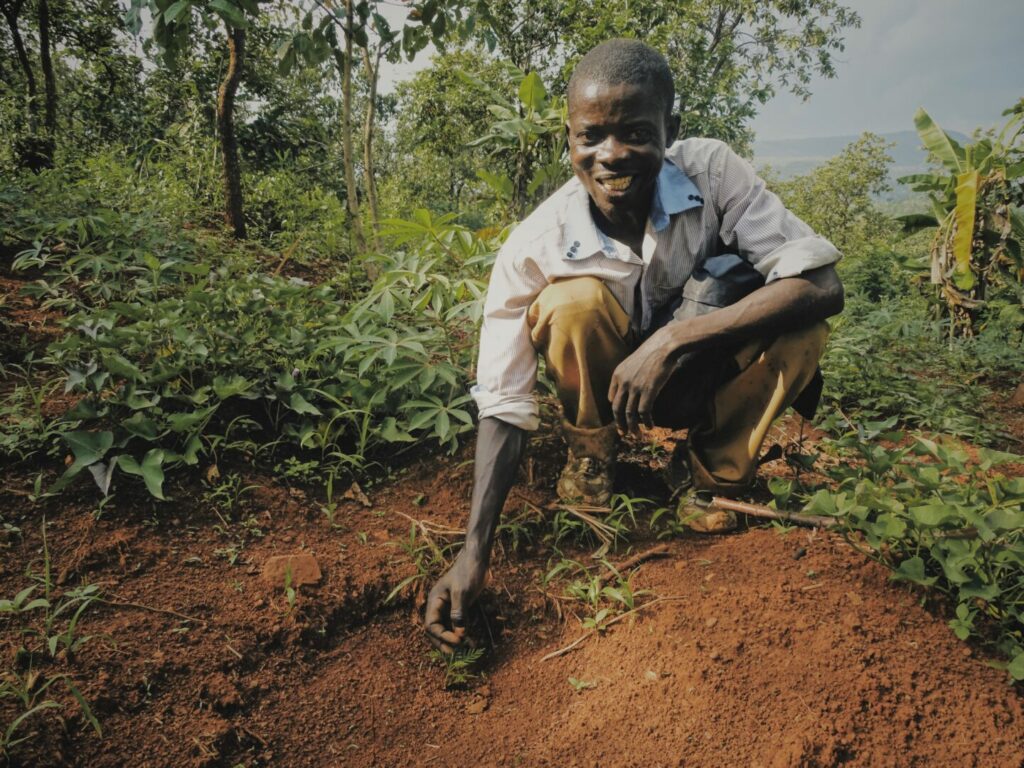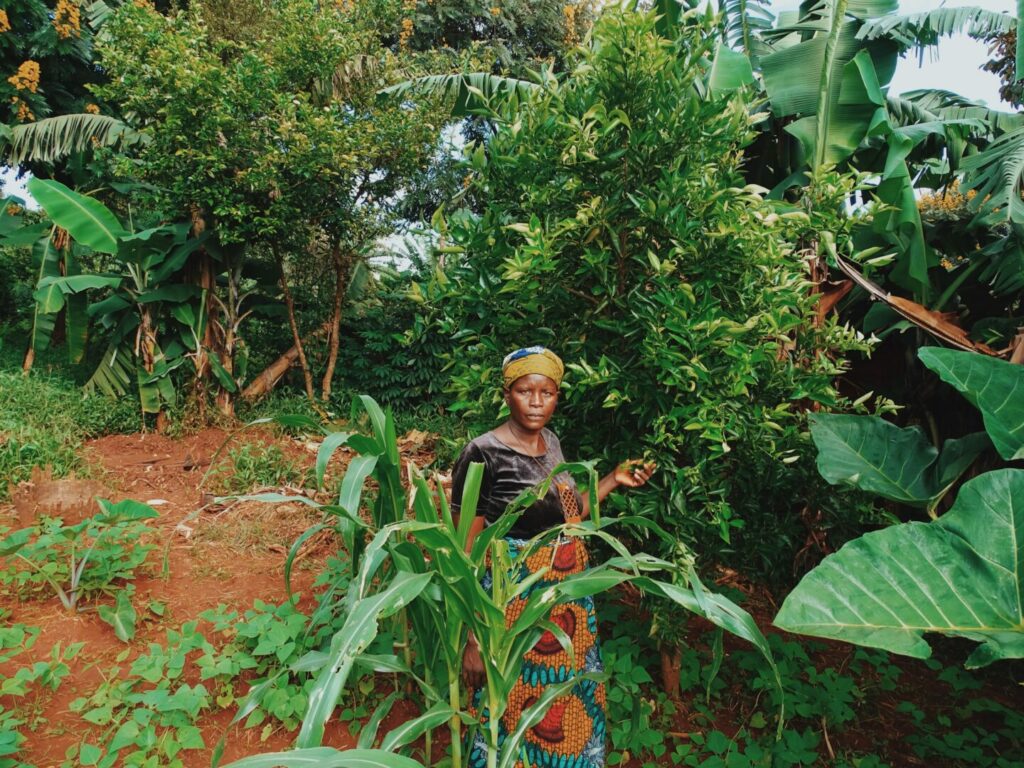Photographs are one of the most powerful forms of communication. They can motivate, inspire, and introduce you to people and places you may have never been exposed to otherwise. But what happens if we publish the wrong photo?
You know, the one that catches a subject making an unflattering expression or captures them at their lowest point. What was a beautiful shot for the photographer can easily be the most humiliating moment for the one photographed. This is why ethical photography practices are essential.
As an organization that works with some of the most marginalized peoples in the world, making sure we photograph our global partners with respect is of utmost importance.
What is ethical Photography?
Ethics in photography are the principles and moral guidelines a photographer should follow when photographing a subject. For Plant With Purpose, these principles determine which photos we choose to represent our partners in the field.
Ethical photography means being honest with your subjects, respecting their wishes, and being sure not to exploit them or their life circumstances. Photographers need to be aware that they have an incredible amount of power over those they photograph, which can lead some into a position of exploitation or manipulation. Ethical photographers must always conduct themselves in a way that respects their subject's autonomy and independence.

Why is ethical photography important?
A photo taken in the wrong context can create unwanted assumptions or reinforce harmful narratives, especially when these photos are of vulnerable people and communities. A common trend in photographing people in poverty has been coined poverty porn—any media that exploits poverty in order to gain greater sympathy from the viewer. Photographs that come off as poverty porn bolster negative stereotypes about the subject and tend to misrepresent poverty while also degrading or objectifying the subject.
How photographers unintentionally take unethical photos
Many times, we can take photographs that do unintentional harm, especially when we take a photo for the sake of raising awareness about the subject’s circumstances. One theory, called “the identifiable victim effect” shows how nonprofit workers unintentionally take harmful photos of their subjects. The identifiable victim effect states that we are more likely to feel empathy and will be driven to act if the circumstances impact a single individual versus a group.
Since supporters are more likely to act after seeing a photograph of one person over a community, photographs are taken to exploit the identifiable victim effect and elicit the greatest amount of empathy. This means, in order to put the subject in a more sympathetic situation, the photographer will highlight the signs of poverty, increasing the likelihood of the photo becoming poverty porn.

So, what can we do?
Photos of poverty can be inspiring, and they do have a strong impact, especially for organizations trying to raise awareness for a cause. While you can’t ensure that you will always take the most ethical photograph, there are some steps you can take to make sure that your photos are as ethical as possible.
Photos of poverty can be inspiring, and they do have a strong impact, especially for organizations trying to raise awareness for a cause. While you can’t ensure that you will always take the most ethical photograph, there are some steps you can take to make sure that your photos are as ethical as possible.
- Be aware of cultural differences: Ethics are based on cultural values. When photographing subjects in a different country, with a different culture than your own, it is important to be aware of cultural taboos. This way, you will be less likely to offend or bring unintentional harm to the subject. What is acceptable in San Diego may be offensive in Thailand.
- Pay attention to the details: As the photographer, you have the ability and responsibility to take a picture that shows your subject in the best possible light. When planning out a photo, it is important to pay attention to the background and specific visuals that may be in the frame. Try your best to eliminate signs of extreme poverty. This would include destitute conditions, torn and dirty clothing, or flies buzzing around. Also, pay special attention to the expression that is on your subject's face and make sure you aren’t capturing them with an expression that shows sadness or defeat. Their expressions should be positive, uplifting, and/or dignified.
- Think, what if it was you?: There are countless ways to determine if a photograph is ethical or not. However, putting yourself in the subject's place is the best way to identify with your subject. For instance, if you look at the picture you have taken of someone and if you imagine yourself in their place, would you be comfortable having that photo potentially shared with the world? If you’re taking an unflattering photo of someone else, stop and think about how they would feel about being in that picture before you post it.
- Question why you’re taking this photo: When taking a photograph, it’s important to understand exactly what you want to portray in order to avoid biases or stereotypes. Ansel Adams once said, “A great photograph is one that fully expresses what one feels, in the deepest sense, about what is being photographed.” How you feel about the subject you are photographing is going to come through in the photo, whether intentional or not.
- Just ask!: If you went through all of the above steps and still aren’t sure if the photo you took is acceptable or not, just ask. Allow the subject to view the photo and ask if they are okay with it.
At Plant With Purpose, when we look at the smallholder farmers in our programs, we see change makers, entrepreneurs, climate change champions, and leaders—all titles that command respect. As an organization, it is our responsibility that these aspects come through in the photos that we share with our audience. These farmers aren’t people who need saving, but leaders and co-laborers. Ethical photography is not just about respecting the people you are photographing, but also the environment and the culture of the place where you are shooting. Accurately following ethical photography guidelines allows us to uphold the dignity of the farmer with whom we partner.



















Very well put. You have addressed a subject that many people on tour are not sensitive to. They want in essence to take home a souvenir of how well THEY have endured hardship or been pioneers in a remote area without taking into consideration the points you have made. Certainly there are many NGO's who are guilty of this tactic. Thank you Plant With Purpose for reinforcing one of the principles you embrace thatI like best: Consideration of the dignity of the people you are partnering with.